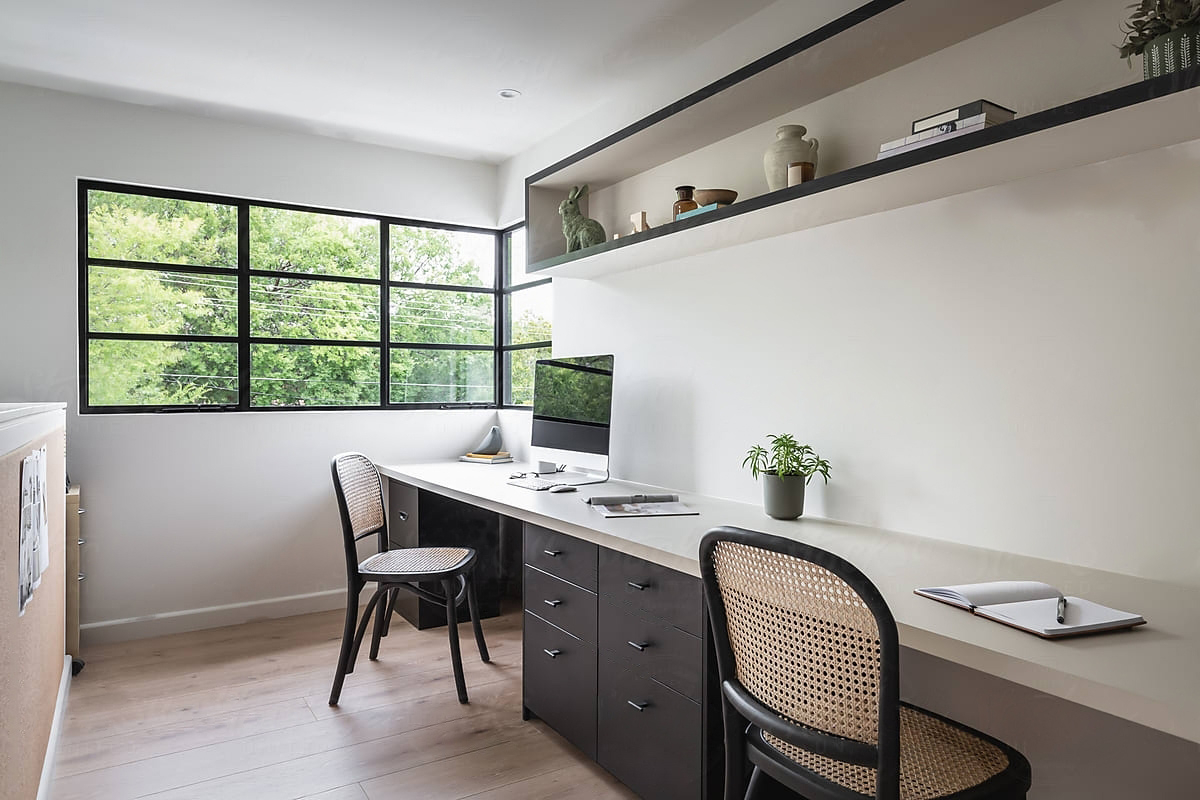The dynamics of the modern work environment have undergone a profound shift in recent years, spurred by technological advancements and changing attitudes toward work-life balance. Two prominent models have emerged: working from home (WFH) and working from the office (WFO). Each comes with its own set of advantages and challenges, and the ongoing debate over which is superior continues to shape the way we approach our professional lives.
The Freedom of Working from Home

Flexibility: One of the key perks of working from home is the flexibility it offers. Employees can often set their own schedules, accommodating personal obligations and preferences. This flexibility is particularly beneficial for those who thrive outside the traditional 9-to-5 framework.
Reduced Commute Stress: Bid farewell to rush hour traffic and crowded public transportation. Working from home eliminates the daily commute, freeing up valuable time and reducing stress levels. This can contribute to improved overall well-being and increased job satisfaction.
Cost Savings: From daily lunches to work attire, the financial savings associated with working from home are noteworthy. Employees can potentially save on commuting costs, work wardrobe expenses, and even enjoy the economic benefits of cooking meals at home.
Increased Autonomy: Working from home often fosters a sense of autonomy. Employees have greater control over their work environment and can tailor their surroundings to optimise productivity. This autonomy can lead to a stronger sense of ownership over one’s work.
The Strengths of Working from the Office

Collaborative Environment: The office serves as a hub for collaboration and teamwork. The ability to engage in spontaneous discussions, brainstorming sessions, and face-to-face interactions fosters a collaborative spirit that can be challenging to replicate in a virtual setting.
Professional Atmosphere: The office provides a dedicated, professional space that is conducive to focused work. The structured environment can enhance productivity and concentration, particularly for individuals who find it challenging to create a separate work atmosphere at home.
Networking Opportunities: Being physically present in the office facilitates networking opportunities with colleagues, superiors, and even clients. These interactions contribute to professional growth, mentorship, and the development of a strong professional network.
Defined Work-Life Boundaries: The physical separation of work and home is a clear advantage of the office. Commuting serves as a transitional period, helping individuals mentally shift from work mode to personal life. This separation can contribute to a healthier work-life balance.
Striking a Balance
The debate over working from home versus working from the office is not necessarily an either-or scenario. Many organisations are embracing hybrid models, allowing employees to split their time between home and the office. Striking the right balance can offer the best of both worlds, providing the flexibility of remote work while maintaining the benefits of in-person collaboration.
Ultimately, the effectiveness of either model depends on individual preferences, job requirements, and the nature of the work itself. While some thrive in the freedom of working from home, others find inspiration and motivation within the structured environment of the office. The evolving landscape of work allows for a more personalised approach, acknowledging that a one-size-fits-all solution may not be applicable in our diverse and dynamic professional world.


